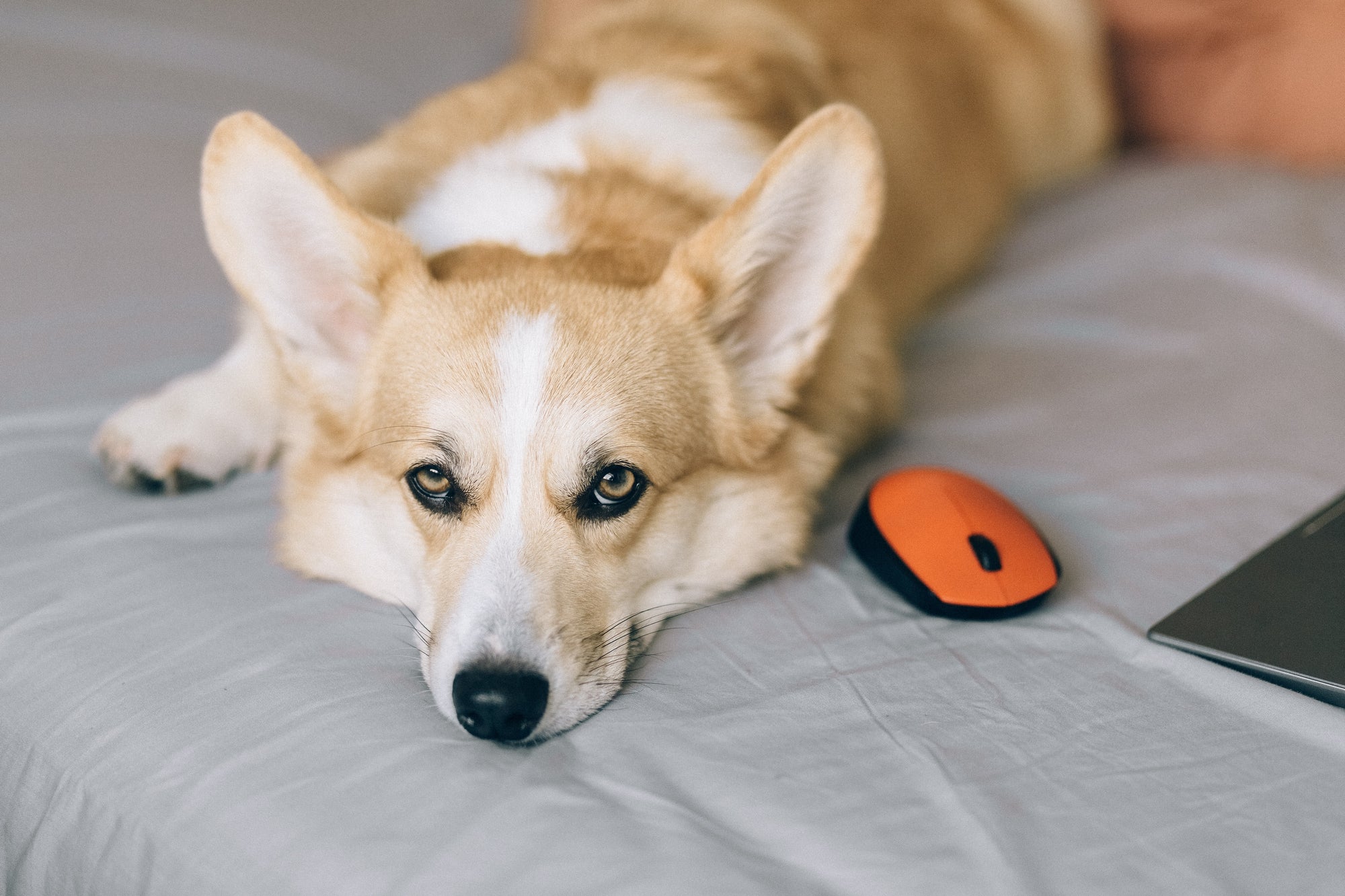

· By Dr. Jill Lopez
What Are the First Signs of Stress in a Dog?
No one likes feeling anxious — including your dog. But unfortunately, your pooch can’t speak up to tell you when he’s stressed, so he may just have to suffer in silence.
Canine stress and anxiety may seem harmless, but they can cause serious health issues and behavior problems if left unchecked. So, it’s important to treat your stressed-out pooch promptly, to ensure he remains healthy and happy.
First Signs of Stress
The first signs of stress in dogs are often subtle. If your dog is normally calm and relaxed, you may not even notice when he starts to get tense. But if you pay attention, you may notice that your dog is starting to pace or panting more than usual. He may also seem restless or agitated and may start licking his lips or yawning excessively.
These are all common signs that your dog is feeling stressed. If you notice any of these behaviors, take your dog for a walk or play with him to help relieve his stress. If the problem persists, talk to your veterinarian about other ways to help your dog relax.
It's important to be able to identify the first signs of stress in your dog, as it can help you take steps to address the issue before it becomes a bigger problem. Some common early signs of stress in dogs include panting, yawning, drooling, licking their lips, and shaking.
If you notice any of these behaviors in your dog, take a moment to assess the situation and see if there is anything that may be causing them stress.
Additional Signs of Stress in Dogs
Physical signs of stress in dogs can include panting, yawning, lip licking, increased urination, defecation, and shaking or trembling. Dogs may also show behavioral signs of stress, such as hiding, pacing, destructiveness, aggression, and excessive barking or whining. If your dog is exhibiting any of these signs, it's important to take steps to help them feel more comfortable and relaxed.
One of the first things you can do is identify what's causing your dog stress. Common triggers include changes in routine, loud noises, being left alone, and strangers or other animals in the home.
Once you know what's stressing your dog out, you can take steps to reduce their exposure to the trigger or help them feel more comfortable in the situation. For example, if your dog is stressed by being left alone, you can provide them with a safe space to retreat to, like a crate or quiet room, and give them some toys or chew bones to keep them occupied.
If your dog is afraid of strangers, you can work on socialization exercises to help them become more comfortable around people.
Conclusion
Dogs that are left untreated for prolonged periods of time can develop serious health problems as a result of their stress. If you think your dog may be stressed, be sure to talk to your veterinarian about the best course of treatment. With a little love and attention, you can help your furry friend feel more relaxed and happier.
It's also important to provide your dog with plenty of opportunities for exercise and play. A tired dog is a happy dog, and regular exercise can help relieve stress and anxiety. If your dog is feeling stressed, try taking them on a long walk or run, playing fetch in the park, or going for a swim at the beach.
Brave Paws™ Anxiety and Stress Support Chewables may promote calm behavior in dogs who exhibit nervousness or anxious behavior. Our clinically-studied and patented botanical blend contains naturally occurring bioactives, including betulinic acid, which have been found to promote a sense of calm and relaxation in dogs.
